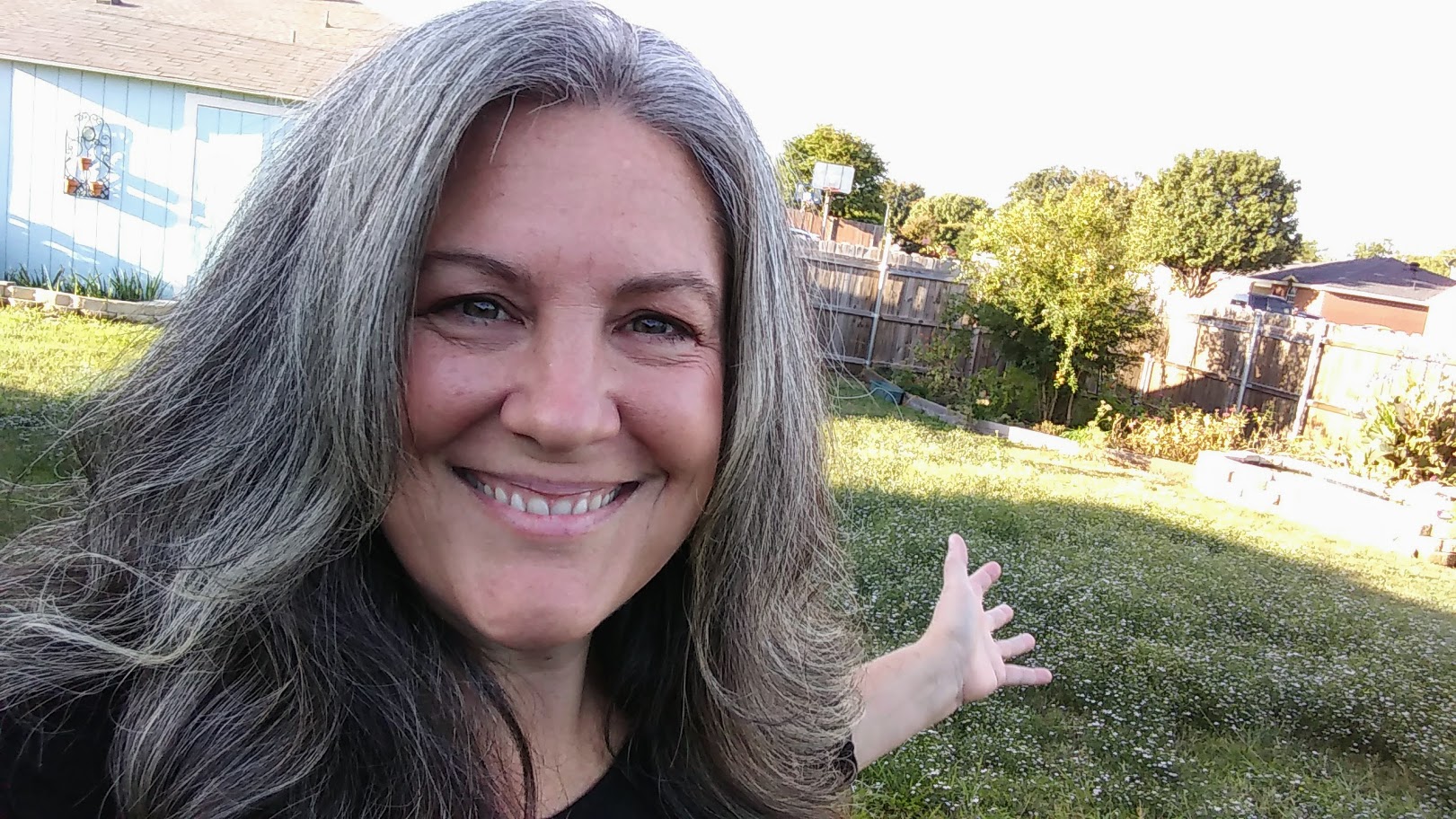About Zinnias

I find it hard sometimes to actually say how enjoyable Zinnias are. They are one of the only flowers that is simultaneously wild and controlled! One can clearly envision them sprawling across the dry grasslands of South America, growing in an urban garden or, in a planter on ones patio! Regardless of where their placed growing zinnias, at least for me, is a must in my space! Zinnias come in a rainbow of colors promising summer long beauty and are almost maintenance free. And, as far as pollinators go I'll steal from Kevin Costner’s “Field of Dreams,” and say if you plant them they will come!
How to Grow Zinnias
Zinnias are one of the easiest annual plants to grow. They do well in full sun 6 or more hours and even hot southern states can trust them to survive. There are several different kinds of Zinnias, tall from 4-5 feet or, dwarf for boarders and containers.

With so many options every spot in your garden can have color. Zinnias ideal soil is fertile and well drained; however, they need very little prep. I honestly do not do much for the soil outside of compost. I simply choose a spot with good sun, loosen it up and drop the seeds. They don't let me down! In about 30 days I'll have that beautiful color. Therefore, plant your Zinnias and then sit back, relax and watch them grow.
Tips for Growing Zinnias
- Plant Zinnia seeds when temperatures are above 50 degrees with no risk of frost. Many sites recommend spacing of twelve inches, however I simply sprinkle their seeds randomly in a spot and thin them as they begin to grow.
- Zinnias are not a good transplant flower. As such, plant them where you wish them to live. If they must be started early ensure a nice size seeding pot and move them before they’re root bound.
- Cut spent flower heads often. Cleaning the flowers ensures new flowers all summer long. Drop the seeds if they are in a place you wish them to return year after year or store them for replanting.
- Zinnias are exceptional cut flowers lasting weeks on your table.
- This flower can take the heat! However, they do like moist well drained soil. If you have extremely high temp days plan to water them daily during that time or locate in a part shade spot.
- Zinnias sometimes shed their leaves from the bottom up. This is caused from high temperature stress or by watering the leaves on the bottom of the plants. If this occurs simply remove the lower leaves that have browned.
- Water Zinnias from the bottom only! They can be prone to powdery mildew and getting their leaves wet expounds this issue. Use soaker hoses or drip hoses or just make sure your holding your sprinkler handle at the ground level.
- If you have selected tall zinnias don’t underestimate their size. Plan your space knowing how wide and tall they will be (up to five feet tall and two or more feet across).
Zinnias grow fast allowing fearless experimentation for first time gardeners. Therefore, don’t be afraid to place them throughout your beds.
Zinnias as a Companion Plant
- Zinnias are companion plants for ANY vegetable garden. They are guaranteed to bring the pollinators. Bees and butterflies constantly fly around them so, if you need pollination they’re a must.
- Zinnias attract wasps which are beneficial natural enemies to many non beneficial bugs.
- They attract hummingbirds which eat white flies an enemy of tomatoes, cucumbers and potatoes. And let's just all take a moment to agree hummingbirds are cool.
Zinnias ability to draw pollinators is so good for your space, and the flowers are so beautiful that a small video is really the best way to show you this awesome flower.
Do you grow Zinnias in your garden? What tips do you have to share?





